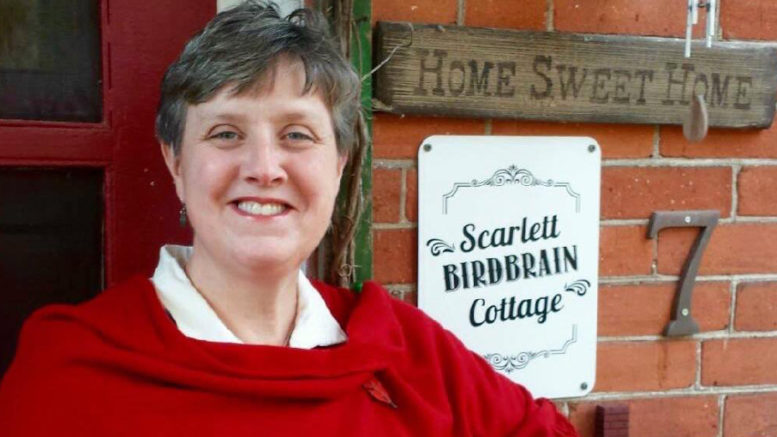Laurie Snider
Notes from the Nest
Coat –check. Wallet – check. With bank card – check. Keys – check. And off I go slipping into my ride, grocery bags on the seat beside me, heading to the supermarket on the other side of town. Dang! I forgot my list! Quickly I zip back home to snatch it off the table where I left it, after spending the previous 15 minutes prudently making note of the various comestibles we’re in need of.
Like most Canadians, a trip to get groceries once a week is a necessary ritual I or one of the other members of our household partakes in. As far as domestic duties go, shopping for our daily bread, as well as other household essentials like toothpaste and toilet paper is one I don’t mind. That is, leisurely browsing through the store squeezing the tomatoes, reading labels on cans and checking expiry dates can be a relaxing, contemplative affair.
I’m fond of the social aspects of shopping, briefly chatting with fellow patrons as we discuss with astonishment, the rising cost of cauliflower or the sale on Greek yogurt. It’s also fun at the checkout gabbing with the friendly cashiers, as they discreetly advise me one of my potential purchases will be on sale Friday.
I hold these attendants in the highest regard. They toil for long hours, slogging endless waves of victuals and other items down rubber tracks, scanning, punching in numbers and looking up price codes for unfamiliar produce. Then after, they patiently pack and lug heavy bags onto the counter. Were you aware a bunch of groceries in a plastic bag weighs 10 pounds but foodstuff jammed into reusable bags may weigh 28-38 pounds? Wow! What a work-out!
Many things have changed since we began purchasing goods for our tables. As early as the 14th century purveyors of provisions were hocking things like dried foods, spices, sugar, cocoa, tea and coffee while the majority of edibles were grown or produced at home. The first concept for a self-service grocery store began with entrepreneur Clarence Saunders, who opened his Piggly Wiggly stores in 1916. Saying that makes me biggly giggly! Sorry.
The Great Atlantic and Pacific Tea Company (A&P) was established in 1859. Obviously, they started out selling tea and coffee but moved on to selling their name brand baking soda as well as condensed milk, spices and butter. For a time, it was the most successful grocery store chain in North America before eventually filing for bankruptcy in 2015.
My mother-in-law who grew up in Yarker remembers their village having two general stores. She recalls getting everything there from fabric, household items to necessary foodstuff. I couldn’t help but smile as she shared a memory of a hulking pot-bellied stove in the middle of the store, that the locals would gather round, to chew the fat and shoot the breeze. It makes me hanker for a less complicated time.
My parents also recollect buying their weekly provisions at a general store as children. In a remote town my dad lived in, he told me groceries would arrive to the store by train on Tuesdays and very quickly be depleted again. He also tells of purchasing pickles from the pickle barrel, which was likely unsanitary but probably oodles of fun. Mom’s images from the past involve buying chunks of cheese wrapped in waxed paper, refilling vinegar bottles and picking treats out of glass canisters on the counter. Oh my. Nostalgia runs deep in me. I still remember milk being delivered to our home daily by a milkman and I’m told we had a bread man too. Swoon.
Thankfully as we’re ambling around stores today making our selections, we have a place to put all of that good stuff, thanks to Sylvan Goldman, owner of the Humpty Dumpty grocery chain, in the late 1930’s. (Honestly these stores had the most amusing names.) While figuring out how to get customers to purchase more goods, he made a prototype for a cart using a wooden chair, which he puts wheels on and added a basket. He patented his later, metal model in 1940, which wasn’t very popular at first. After hiring models to push them around, they became indispensable and he became a multi-millionaire.
An average supermarket today carries 42,000 items, which is probably what led Erma Bombeck to say, “The odds of going into the grocery store for a loaf of bread and coming out with just a loaf of bread are three billion to one.” While I’m grateful for the convenience and means to supply our own family with food, I’m cognizant of those who can’t afford to. So my final act before leaving is, to pop a few extras into the donation bin and say, “Thank you for my blessings!”

